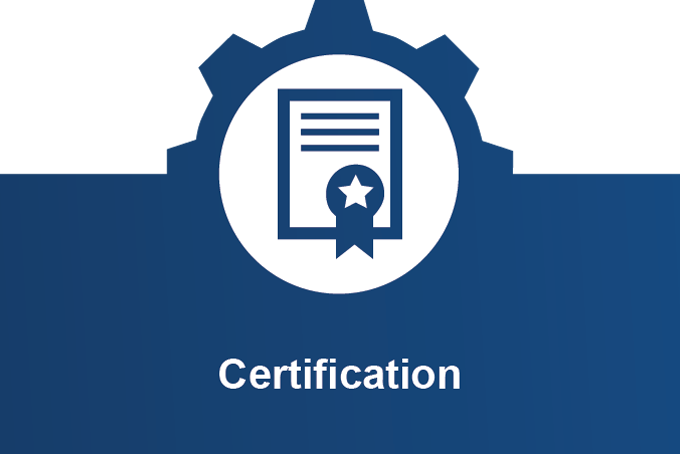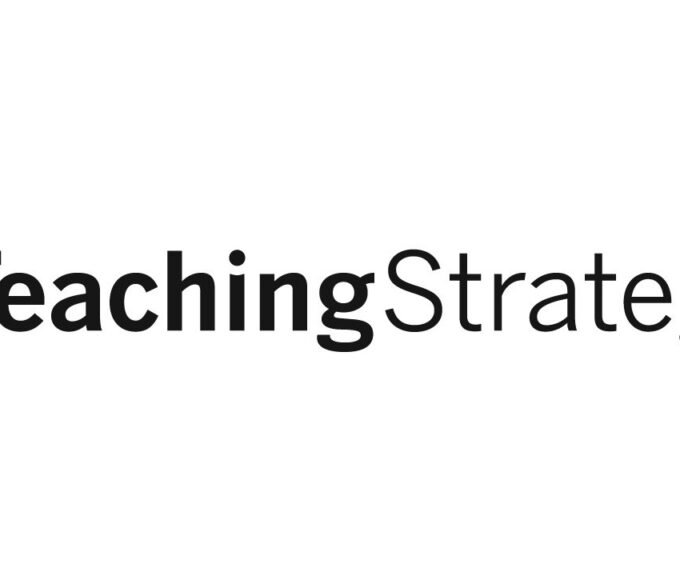In the process of studying for the exam, we always hope to learn from the experience of those successful seniors. And we always hope to stand on their shoulders with fewer detours and make efficient preparation for the exam. Today, we will learn about a senior’s three rounds of preparation method for the PMP study. After the three rounds of review, he successfully got the PMP certificate.
The PMP certification spoto training is a qualification for project management professionals, initiated by the American Project Management Institute, and is a qualification exam for project managers to critically assess their knowledge and skills. Its purpose is to provide a unified industry standard for project managers.
It can be said that the PMP certification is currently the most prestigious certificate in the project management community and is highly recognized in over 190 countries and regions worldwide. Fortune Magazine once asserted that “The 21st century is the century of the project management Professional(PMP), because all business activities can be turned into projects.”
I hope the successful experience of the seniors will be helpful to you who are preparing for the exam. The PMP exam is not very difficult with 200 multiple choice questions in 4 hours. Deducting the 25 questions that do not count, as long as there are 106 correct questions you have answered with a 60.57% response rate, you will pass the remaining 175 questions like PMP certification in Philadelphia.
Here is the information about the textbook and live courses.
My personal idea to prepare for the PMP exam can be divided into three rounds. The first round of learning is to follow the rhythm of the teacher’s video course first, whether it is life or playback. My advice is to try not to look at the “Project Management Body of Knowledge Guide (PMBOK) Guide” book. Because we just contact the PMP exam and the content of this book is too much. After reading it completely, you may still do not know what it is about. It is obvious a time-consuming behaviour. In the first round, we should follow the teacher’s rhythm. We will master the key points of each chapter with the daily five questions and chapter exercises to consolidate the knowledge points.
The second round is to follow the teacher’s knowledge to learn the PMP’s 10 knowledge areas and 49 management of the process. Personal understanding is not independent of each other but interrelated. When teachers combine all the knowledge points, we have to consciously integrate the various areas of each sub-process to learn. At this time you can look at the “Project Management Body of Knowledge Guide (PMBOK) Guide” book. But do not read them totally. Focus on the target. For example, some tools are used in the monitoring process group of each knowledge area. What s more, there are also the deviation analysis, trend analysis, root cause analysis, etc. Chapter exercises can be repeated to consolidate the knowledge points of each chapter again.
The third round is to start doing questions to cultivate a sense of the problem. Several sets of mock questions of the SPOTO must be done. But it is not true that the more is the better. I feel that the daily five questions, chapter practice, and the mock test are enough. In addition, you must practice the error database to make the analysis of your own weak knowledge point. It is worth mentioning that the last set of mock questions must be done before the exam. You will have a surprise to find. At least this exam is a surprise.
The following things are about the knowledge areas and ITTO.
- When the first round of learning is completed, the five process groups of the ten knowledge areas and 49 management sub-processes have to be recited. According to the five process groups, you could set them as column headings. Each knowledge area could be set for a line. Then write the management sub-processes of each knowledge area in accordance with the corresponding process groups. In this way, we can grasp the overall framework of PMP knowledge from a macro perspective.
- ITTO:I have read the article shared by other partners. They have mentioned that students should memorize the ITTO of each management sub-process. I personally think it is not necessary. At least I have not memorized them. The exam questions will not be so simple to show you what the output of the management sub-process is direct. But there are some key management sub-processes we must know. You had better not recite some key management sub-processes of the ITTOdirectly and traditionally. while you should try to recite them on the basis of practical understanding. For example, the deliverable verified deliverable and accepted deliverable are the outputs of which management sub-processes and inputs to which sub-processes, respectively.
Last, some exam topics would be introduced.
- Some descriptions of the scene of the exam topics may be long, accounting for about a quarter of the volume of questions. I recommend that you pass those words directly to the end of the question to see what this question is asking. And then return to read the question with your doubt. The questions are basically divided into two types. The stem information of the first type of the question usually appears in some sentences like “to prevent this situation from happening, what should the project manager do in advance?” This type of question is generally to examine the knowledge of the planning process group. Because the planning process is not done well, then the implementation process will have deviations. And then monitoring the actual performance of the process compared to the benchmark will have deviations. The stem information of the second type of question usually appears in some sentences like “what should the project manager do next?” That is, when something happens, what is the remedy?
We try to imagine as much as possible which point of knowledge the question is trying to examine. For example, when we see a question like “the customer complained that the final deliverable did not meet the initial requirements”, we may know that the question is to examine the knowledge of the requirements tracking matrix, which is the output of a collection of the requirements process group.
I hope that all of you who are preparing for the PMP exam can pass it successfully. The last thing I want to tell you is that my score is 4A1T, and I got a T in one of the easiest closing process groups which I suppose to get an A. In addition, I didn’t read a single page of the “Project Management Body of Knowledge (PMBOK) Guide”, and I didn’t memorize the ITTO. But I studied the whole process according to the three steps I introduced. cciedump.spoto.net








Leave a comment